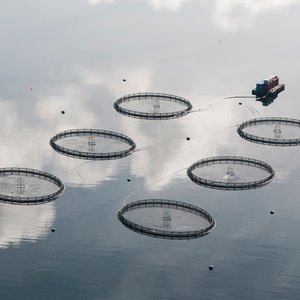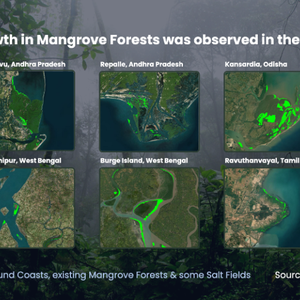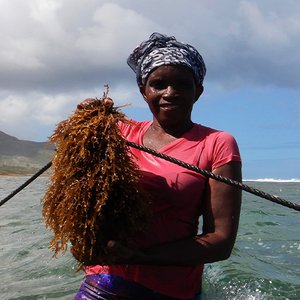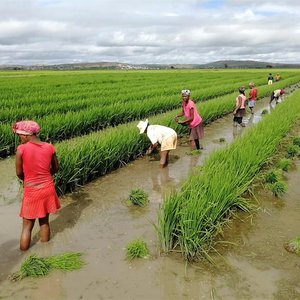The West Bengal Fisheries department has decided to initiate farming of fishes in cages across the state to meet the burgeoning local demand and also to cut down dependence on neighbouring states for supplies, a senior official has said.
\"We have decided to initiate the fish cage culture system or cage aquaculture across West Bengal,\" the official of the state Fisheries department told PTI.
For the purpose, brackish water bodies owned by the State Fisheries Development Corporation (SFDC) as well as by fishery cooperatives and private owners would be used, the official said.
\"Similar fish cage culture has been done by private organisations, but on much smaller scales. We are planning to come up with this on a much bigger scale,\" he said. Cage aquaculture is a fish farming procedure on a floating frame. It involves growing of fishes in existing water resources while being enclosed in a net cage which allows free flow of water. They can be installed in reservoirs, rivers, lakes or sea. A catwalk and handrail is also built around the floating cages.
Circular cages of different diameter, ranging from 2m to 15m, designed for cage culture would be engaged for the purpose where varieties like milkfish, mullet, pearl spot, shellfishes such as shrimps, crabs and lobsters are on the list, he added.
\"These days cage culture is receiving attention from both researchers and commercial producers. Several small and limited resource farmers are looking forward to it as alternatives to traditional agricultural crops because aquaculture appears to be a rapidly expanding industry. We are hopeful that this will be a hit among small farmers,\" he said.
Source: The Tribune // Original Article










